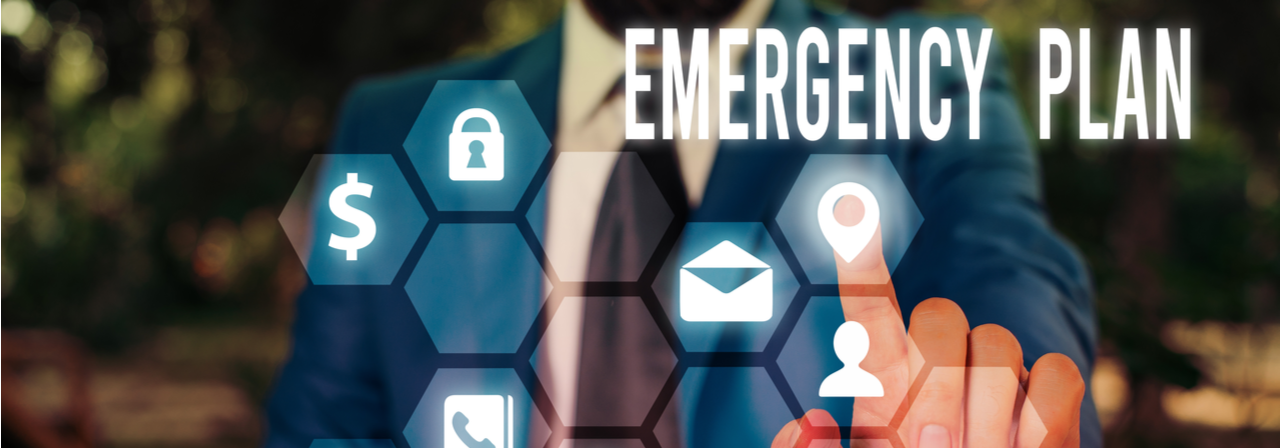National Prepareathon Day is officially April 30th. For many across the country, this time coincides with the change in seasons, heightened risks of severe weather as cooler air mixes with warm air, and the impending hurricane season. Preparedness shouldn’t be practiced just one day per year but throughout the year.
If it’s been a while since you’ve made or planned for an emergency for your home and your family, then participating in Prepareathon may be a great way to create an emergency preparedness plan or revisit your plan from the past. If you’re new to your area or have recently moved to a different part of the country, then it’s all the more important that you evaluate your preparedness and make a plan.
Here are some of our tips for getting prepared for any emergency.
Know Your Regional Risks
Preparedness across the country looks different as different parts of the nation experience different emergencies, weather conditions, and risks that aren’t inherently shared. While some emergencies like a housefire or unplanned evacuation should be linear across any region of the country, others require more planning.
That said, it’s important to know exactly what risks you and your family are up against and at what points of the year these risks are the highest. For example, if you’re in the Midwest and know that severe weather including the risk of tornadoes and severe thunderstorms peaks in late spring and early summer, then you know you’ll need to be prepared during those times.
Granted, severe weather events or unthinkable emergencies can crop up at any time, which is exactly why you need to have an emergency preparedness plan in place at all times.
Know What to Do
Once you’ve assessed the risks inherent to your particular location, it’s time to understand what to do, where to go, or who to contact in the event of an emergency. Of course, with each emergency threat, there will be a different course of action which means that having an emergency preparedness manual with different scenarios can be useful.
Creating a step-by-step guide for handling emergencies will boost your household’s preparedness while lowering the chances for injury or damage to your property. It’s important that you make sure everyone in your home knows both where your family’s manual is and that they understand each step in your preparedness plan. Include important information such as emergency contacts, phone numbers, and medical information.
Having these pieces of information could save a family member’s life in an emergency, and remember, you can’t always rely on cell phones which is an important reason to have duplicate information in printed form!
Practice Executing Your Plan
It may sound silly to have a fire drill or tornado drill in your own home, but by doing so, you may save precious time and avoid serious injury to you or your loved ones. Practicing your emergency preparedness plan is especially important if you have small children or elderly people living in your home. Making sure that the young and old in your house know what to do and you know how to help them could be life-saving.


